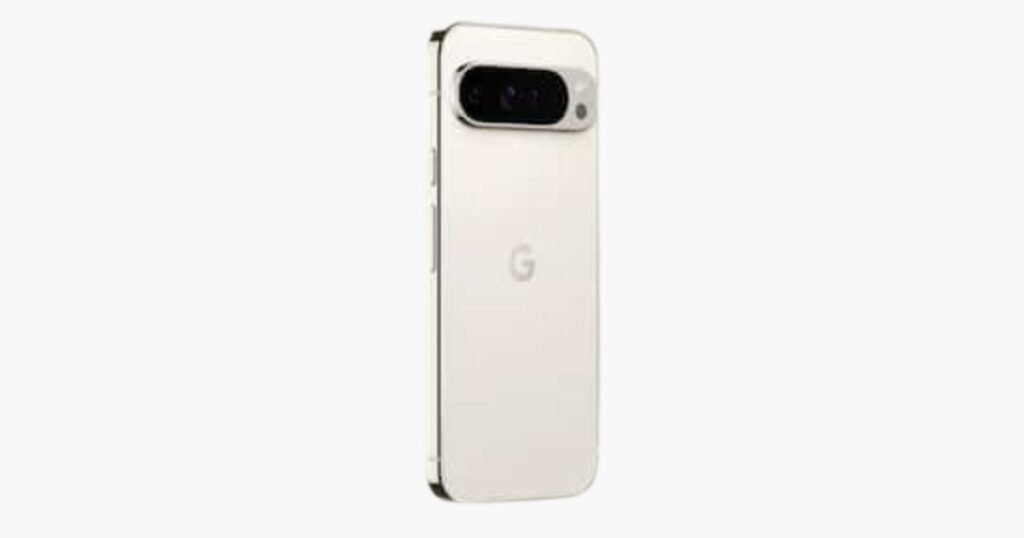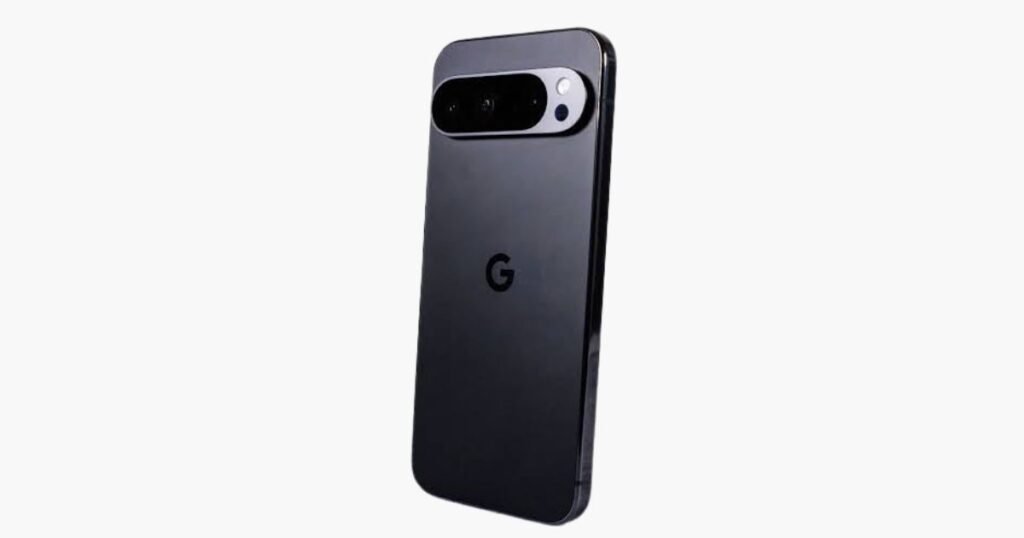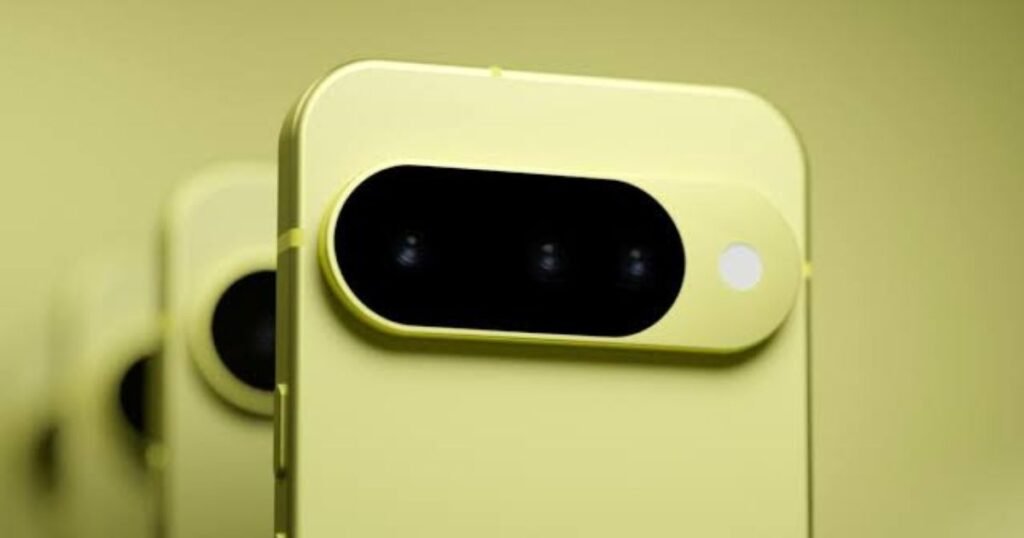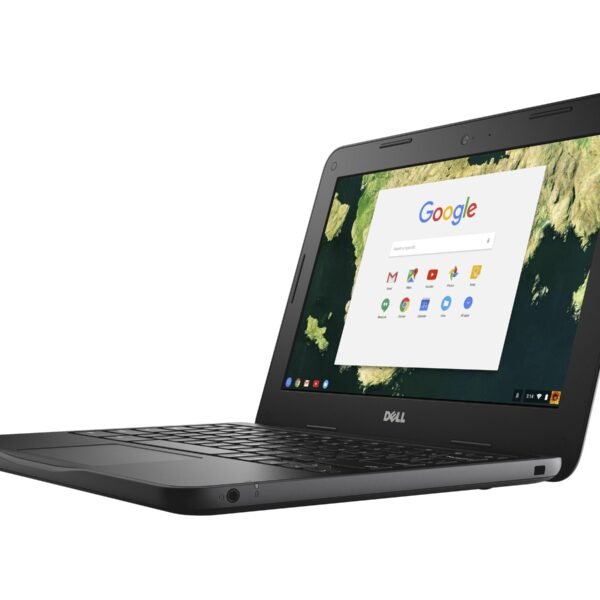Explore quantum computing in simple terms! Learn how it works, why it matters, and how you can start today — no PhD required.
Introduction to Quantum Computing
What is Quantum Computing?
Alright, let’s break it down — quantum computing is like the superhero version of traditional computing. While your everyday laptop thinks in ones and zeroes, quantum computers use quantum bits or qubits that can be in a state of 0, 1, or both at the same time! Sounds like science fiction, right? But it’s real, and it’s happening.
Why is Everyone Talking About It?
Because quantum computing isn’t just faster — it’s exponentially more powerful for specific problems. Imagine solving in seconds what would take a supercomputer years. From drug discovery to cracking encryption, this tech could transform entire industries.
Classical vs Quantum Computing
The Binary World of Classical Computers
Think of your classic PC as a light switch — it’s either on (1) or off (0). Everything you do, from browsing memes to editing photos, is a mix of these two states.
Quantum Bits (Qubits) vs Classical Bits
Now, imagine that same switch being on, off, or both at once. That’s what a qubit does. It allows computers to process complex problems much more efficiently.
How Quantum Computing Thinks Differently
Quantum computing doesn’t just run through every possibility one by one. Instead, it uses quantum mechanics to explore many possibilities at the same time. Think of it like exploring a maze — classical computing takes one path, quantum computing explores all paths at once.
Core Concepts in Quantum Computing
What Are Qubits?
Qubits are the building blocks of quantum computers. They can be electrons, photons, or even atoms, controlled to represent quantum information.
Superposition – Being in Two States at Once
Ever flipped a coin and had it spin in mid-air? That’s kind of like superposition — a qubit can be both 0 and 1 until measured.
Entanglement – Spooky Action at a Distance
Einstein called it “spooky,” but it’s real. Entanglement is when qubits are linked so tightly that the state of one instantly affects the other — even across huge distances.
Quantum Interference – Tweaking Probabilities
Quantum algorithms use interference to amplify correct answers and cancel out wrong ones — kind of like tuning a radio to just the right frequency.
How Do Quantum Computers Work?
Quantum Gates and Circuits
Just like classical computers use logic gates (AND, OR, NOT), quantum computers use quantum gates to manipulate qubits. These gates rotate the qubits and change their probabilities.
Measurement and the Collapse of the Qubit
When you measure a qubit, it “chooses” a value (0 or 1), and collapses from its superposition. This is where the quantum magic becomes usable data.
How Algorithms Work in Quantum Computing
Quantum algorithms are designed to maximize entanglement, superposition, and interference. Famous examples include Shor’s Algorithm (for factoring) and Grover’s Algorithm (for searching).
Applications of Quantum Computing
Medicine and Drug Discovery
Quantum computing can simulate molecular structures with extreme accuracy, potentially discovering new drugs faster and cheaper.
Cybersecurity and Encryption
Good news and bad news: Quantum computers could break current encryption, but they also promise quantum-proof cryptography.
Artificial Intelligence and Machine Learning
Quantum computing might give AI a super boost by solving optimization and pattern recognition problems much faster than today’s tech.
Climate Modeling and Optimization
Need to model how climate changes over 100 years? Quantum computing can process complex variables simultaneously, making these predictions more accurate.
Challenges in Quantum Computing
Hardware Limitations
Qubits are fragile and need ultra-cold environments (close to absolute zero). Building stable, scalable quantum machines is incredibly difficult.
Error Correction and Decoherence
Qubits tend to lose their state quickly — a phenomenon called decoherence. Scientists use error correction to fight against this, but it’s still a major challenge.
The Problem of Scalability
Making one or two qubits work is doable. But building a system with thousands or millions of reliable qubits? That’s the holy grail — and we’re not quite there yet.
Quantum Computing in the Real World
Major Companies Leading the Way (IBM, Google, etc.)
Big names like IBM, Google, Microsoft, and Amazon are all investing billions into quantum tech. IBM even has a quantum computer accessible through the cloud!
Governments and Quantum Research
Governments around the globe — from the US to China — are racing to become leaders in quantum research. It’s becoming the new space race of our time.
Cloud-Based Quantum Computing Platforms
Don’t own a lab? No worries. Platforms like IBM Q Experience and Microsoft Azure Quantum let you test quantum programs from your browser.
Getting Started with Quantum Computing
Tools and Simulators for Beginners
You don’t need a PhD to start. Try tools like:
- IBM Qiskit
- Microsoft Q#
- Google Cirq
These simulate quantum circuits so you can experiment safely.
Free Courses and Online Resources
Platforms like edX, Coursera, and Brilliant.org offer beginner-friendly intros to quantum computing — often for free!
Building Your First Quantum Circuit
Using drag-and-drop simulators, you can create your first circuit and see real quantum behavior — all with no prior coding skills.
The Future of Quantum Computing
When Will Quantum Computers Go Mainstream?
Experts believe quantum computers could outperform classical ones (for specific tasks) within the next 10–20 years.
What Can We Expect in the Next Decade?
Expect better qubit stability, more commercial applications, and breakthroughs in areas we can’t even imagine yet — like quantum internet or revolutionary AI.
Conclusion
Quantum computing is like unlocking a door to an entirely new world of possibilities. It’s not magic — it’s science that bends the rules in ways our classical minds can’t quite grasp (yet!). Whether you’re a curious learner or a future innovator, the best time to start exploring quantum computing is now. It’s complex, yes — but hopefully, now it’s also a little less confusing.
FAQs
What is the difference between AI and quantum computing?
AI is about learning from data, while quantum computing is about processing data using quantum physics. They can work together but are very different technologies.
Can I run a quantum computer on my laptop?
Not really. But you can use quantum simulators or cloud platforms to experiment with quantum circuits on a normal computer.
Is quantum computing dangerous to current cybersecurity?
Yes and no. It could break current encryption, but it’s also leading to new quantum-safe encryption.
Are there any jobs in quantum computing for beginners?
Yes! Fields like quantum programming, research assistance, and even quantum communication offer entry-level roles — especially for those who upskill now.
Will quantum computing replace classical computing?
No. Quantum computing will complement classical computing, especially for specific complex problems.










